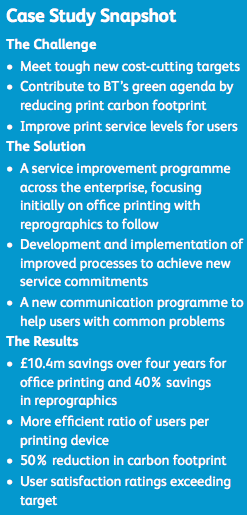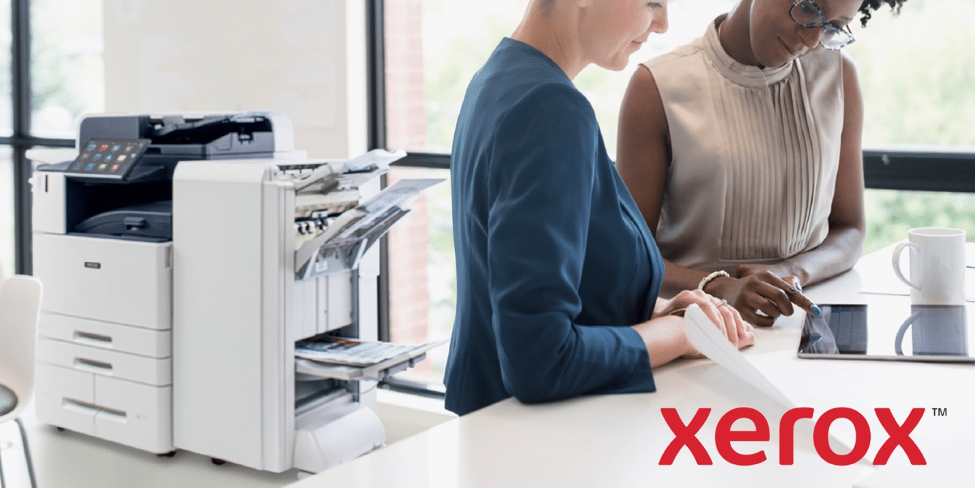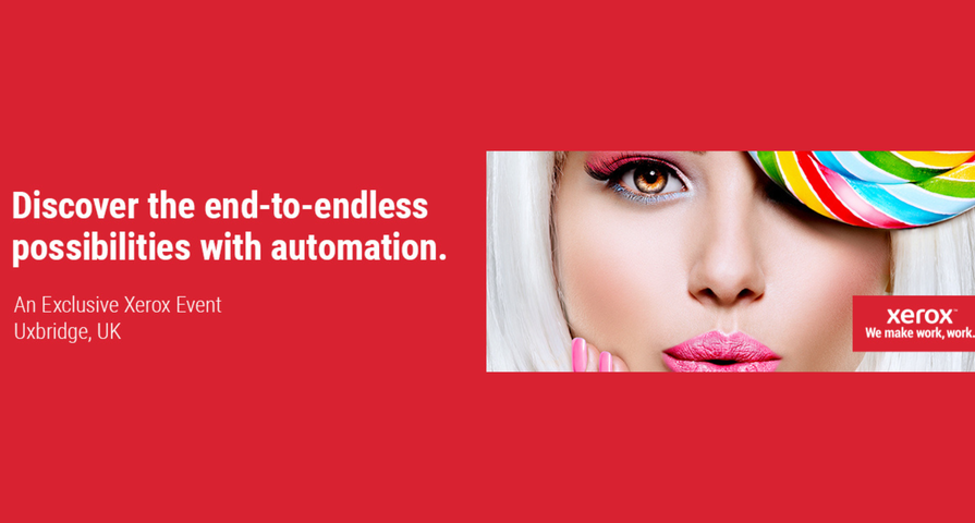Background
Operating in more than 170 countries, British Telecom (BT) is one of the world’s leading providers of communication solutions and services and has some 96,000 direct employees. It owns and operates one of the largest IP networks in the world, with over 1,270 cities connected.
 In the UK, where the majority of its employees are located, BT operates from over 600 sites—offices, exchanges, multi- building campuses—making information flow a complex affair on a huge scale. Print is a major part of this flow of information, both between colleagues and to customers and partners.
In the UK, where the majority of its employees are located, BT operates from over 600 sites—offices, exchanges, multi- building campuses—making information flow a complex affair on a huge scale. Print is a major part of this flow of information, both between colleagues and to customers and partners.
Seeking to improve its UK print production processes to deliver a better service to staff more efficiently and cost-effectively, BT turned to Xerox in 1999 for a managed print service. Xerox took on responsibility for BT’s print and reprographic services across the UK enterprise, covering its print rooms as well as all of its office printing and copying functions.
The Challenge
By 2007, BT was responding to new market pressures and customer needs. The business as a whole was striving to improve the quality of its services and had set aggressive targets for progress. Controlling costs and ensuring efficiency were key to its goal of advancing its competitive position.
Among the many changes underway in the business, BT moved responsibility for the managed print contract from its facilities team to its IT team, where it came under the purview of Services Manager Alan Quearns. Alan set Xerox a new challenge.
“We had some tough targets to meet for operational improvement,” he says. “We needed to work with partners who were prepared to share the load and help us achieve our goals. We needed them to sign up to the same metrics we’d signed up to.”
In particular, Alan and his team were looking to reduce cycle times and improve customer satisfaction through a “right first time” initiative, as well as contribute to BT’s green agenda.
“We were looking for cost savings, of course,” explains Alan, “but most of all we were looking for a proactive approach to improving service levels. We asked Xerox to work with us on this challenge; to find new ways to do even better.”
The Solution
 In 2008 a service improvement programme was initiated. The Xerox team worked closely with their counterparts within BT to understand their priorities and effect a plan to realise the improvements needed.
In 2008 a service improvement programme was initiated. The Xerox team worked closely with their counterparts within BT to understand their priorities and effect a plan to realise the improvements needed.
The initial focus was a review of BT’s large fleet of office printing, scanning and copying devices, with reprographic services to follow in a later phase. Within the context of
BT’s business requirements for document production, the team looked at how best
to use the fleet to reduce costs and carbon footprint—without sacrificing the quality and efficiency of enterprise print services that Xerox was delivering.
In January 2009, this new commitment was formally recognised with a new contract between BT and Xerox.
The Results
“We’re building on an already strong partnership to improve a critical enterprise function,” says Alan. “Communication between us and Xerox is open and honest; we don’t pull any punches and Xerox has responded flexibly and innovatively. As a result, we’re looking forward to achieving some really tough targets.”
Overall, BT will save £10.4m over four years to meet its cost-saving targets. A key contributor to this figure is the removal of third-party printers from the fleet as they reach end of life. The replacement models deliver a lower cost per copy, use lower-cost consumables and are more energy efficient.
Major progress has been made to improve BT’s green credentials. As well as ensuring that old devices are disposed of responsibly, Xerox is moving forward with initiatives that encourage users not to print.
There are now more users sharing each printing device, up from 8 to 25; and many devices are now using solid ink, which produces much lower CO2 emissions. Xerox has a unique methodology for assessing carbon footprint, which for BT it estimates is down by 50%.
A programme of communication has also been put in place to help users help themselves to get a swift resolution to everyday issues such as a paper jam. As a result, customer satisfaction ratings based on a regular survey of BT employees are exceeding target.
The Future
The story is by no means complete; BT and Xerox continue to work on cutting energy use and CO2 emissions even further; and Alan is keen to learn more about Xerox® next-generation devices.
With office print services in hand, the focus is turning to the reprographic services that Xerox delivers.
The reprographics contract between BT and Xerox has been renewed and Xerox has committed to delivering savings of 40%. This will include the rationalisation of 11 print rooms to 6 without loss of service availability or quality.
New reporting tools that Xerox uses to manage the print fleet are also delivering greater insight into the pattern of printing across the organisation for Alan and his team. “This analysis will ultimately help ensure cost-effective use of print resources by moving to a usage-based pricing system for our users,” he says.


